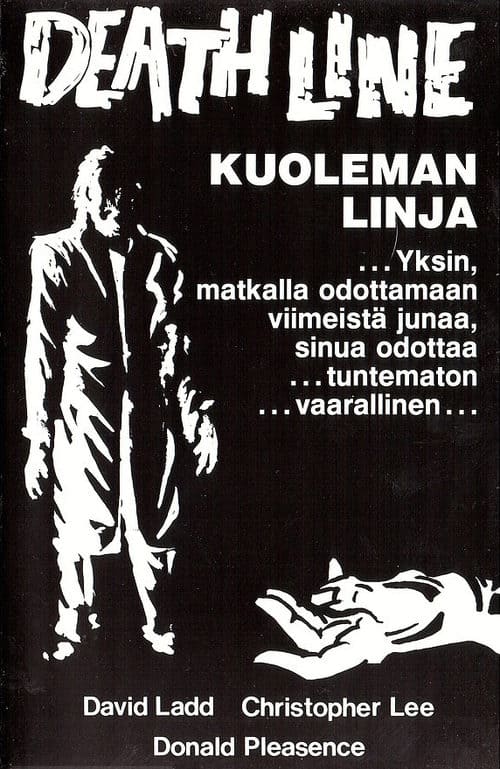
For the first time in several years (since The Knick), long time collaborators Cliff Martinez and Steven Soderbergh reunite with Soderbergh’s “technothriller” Kimi. The film follows Angela, who suffers from anxiety and agoraphobia and monitors transmissions from the controversial smart speaker Kimi. During an otherwise routine day working from home, Angela uncovers evidence of a potential crime recorded in one of these transmissions, embroiling her in a murderous conspiracy.
Though Martinez is most known for his electronic/synth-laden scores, Kimi sees an influx of orchestral elements. Given that the film is centered around Seattle’s tech world (and overtly addresses the dangers of big tech) the palette is a bit unexpected. The obvious (perhaps too obvious) choice would have been to fully lean into those electronic elements. Instead, Martinez opts for a hybrid score, in turn invoking some classic, Herrmann-esque thriller elements.
The main refrain is a slow, two-note motif. It’s rather atmospheric, giving a false initial first impression of comfort or gentleness. But as it builds, so too does its ominous nature, a precursor to anxiety and panic attacks. Electronic chaos and the ringing of tinnitus make the otherwise gentle woodwinds and marimba a vessel of burgeoning fear without ever capsizing the music’s overall ambient nature. The score continues like this, a glacial atmosphere interrupted by the occasional electronic din; a clear mind suddenly hit with anxiety and the struggle to clear it once more.
Kimi largely takes place in Angela’s apartment, a result of her agoraphobia compounded by the in-film Covid restrictions. This facilitates the relatively constant musical identity and intensity. However, later in the film there is a rather slow chase scene (the cue “Bad Guys Chase Angela”) based around a continuous, almost entrancing marimba. While a lovely piece that invokes Martinez’s masterpiece score Solaris, it does little to enhance the tension of this on-foot pursuit. It returns several minutes later while Angela is in a dazed, half-asleep state, accentuating the scene’s almost dreamlike quality. Through this lens, the seemingly odd choice makes sense: through the eyes of Angela, our agoraphobic protagonist, being pulled into a murderous scandal that could upend the IPO of a multi-billion-dollar tech company could only be a dream. Or a nightmare.
Martinez again interestingly works against picture during sequences involving the Kimi speaker. Angela accesses Kimi’s recordings, eventually stumbling on the video of a brutal crime. Watching the video puts Angela on the brink of a breakdown, but the music stays calm. Martinez focuses on Kimi, the crime’s neutral, detached observer. To the machine, assault, torture, or murder are no different than anything else; it records without judgment. It’s a fascinating lens through which to view the film, as if Martinez is telling us that the technology itself is neither good nor bad, only an obeying automaton channeling the intent of those behind it.
The lack of an overall variation may turn off some listeners. However, its 27-minute runtime is utterly re-listenable, and the move into noir-adjacent, Hermann-esque orchestral work is a surprising and welcome new wrinkle for the already adept Martinez.
Editor’s Note: KIMI also appeared among the Best Film Scores of February 2022.



